One of the houses of the state will be a public library dedicated especially to the foreigners who live in Barcelona!
Buildings have as many lives as people who live in them. This house first belonged to the Marquess of Alella, then it was the residence of the financier Julio Muñoz Ramonet of questionable reputation and now by the will and testament of the latter it will experience a new existence. One of the houses of the state will be a public library of the neighborhood, but with an international theme, dedicated especially to the foreigners who live in Barcelona.
This is the new role assigned by the City Hall and the Muñoz Ramonet Foundation to one of the two buildings bordered by Muntaner, Maria Cubi, Laforja and Aribau streets. It will be a specialized library with 40,000 volumes in seven languages in order to meet the expectations of local neighbors and 267,578 foreigners of more than 150 nationalities who live in Barcelona, in collaboration with the foreign institutes that have headquarters in the city. The draft of the City Council calculates that the renovation of the building will cost 3 million euros.
The property has plenty of history. In January 1931 Araceli Fabra, widow of Ribas, applied to the City Council for a license to construct the building, which was completed in 1921-1922. In fact, there were two: the main palace, and another adjacent, known as the tower. The first to settle it was Fernando Fabra, second Marquis of Alella, and the second was Araceli Fabra. The estate was owned by the family until 1944 when the granddaughters of the Marquis sold it to Julio Muñoz Ramonet, The latter, with his wife and daughters, stayed in the palace, and the towers would become the residence of his mother, Florinda.
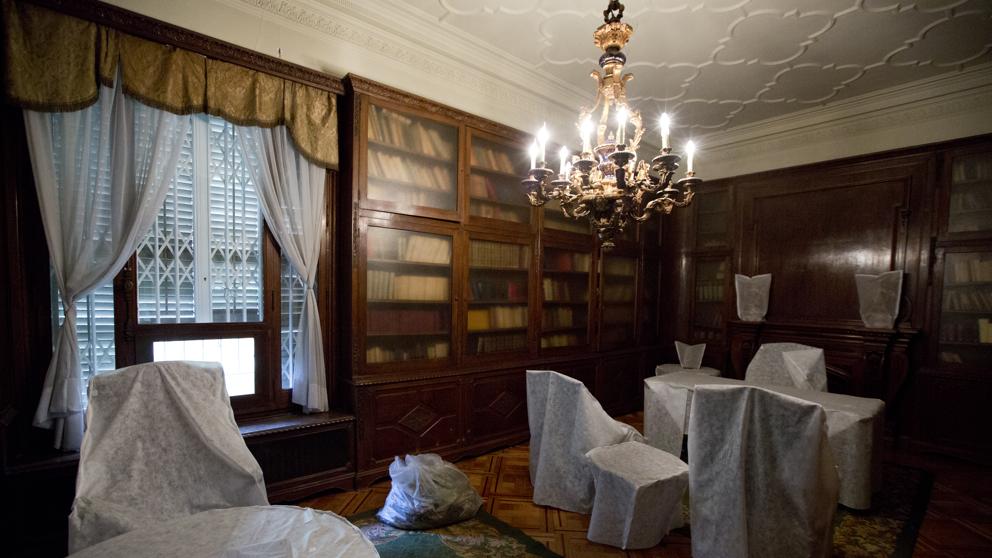
Julio Muñoz past the final few days of his life away from Muntaner street: he died in Switzerland on May 9, 1991. His death was as controversial as his life. He wrote a will that left the property, with everything it contained, to the city of Barcelona. This will was the subject of a long dispute between the daughters of Muñoz Ramonet and City Hall, a dispute that was partially resolved 22 years later, when on July 25, 2013 the judge handed the keys of the property to the City.
The legacy of Julio Muñoz Ramonet is channeled through the foundation created for this purpose. It still remains unclear what the main building will be. It is possible that it will serve as a kind of permanent exhibition on how the bourgeoisie of Barcelona lived in the early 20th century. However, we do know what the second property will become. It will be a public neighborhood library to be used by foreigners living in the city. It will not be the first specialized public library in Barcelona. For example, the Xavier Berenguel library is dedicated to cinema; the Ramon d´Alós to flamenco, and the Merce Rodoreda library to poety. The former home of Muñoz Ramonet will focus on foreign languages.
According to the City Council, the city of Barcelona is populated by 267,578 foreigners, 16.7% of the total population. They are of 150 different nationalities, the main ones being, in order: Italy, Parkistan, China, France and Morocco. Most of them have settled in Eixample (47,492) and Ciutat Vella (42,492). 16,180 foreigners live in Sarria-Sant Gervasi. To all this must be added the presence of institutions that are dedicated to the dissemination of foreign cultures and that have their own repertoires, including GoetheInstitut, the French Institute, the Brittish Council, the North African Institute, Italian Cultural Institute, the Asia House, the Brasilian Cultural Center and the American House.
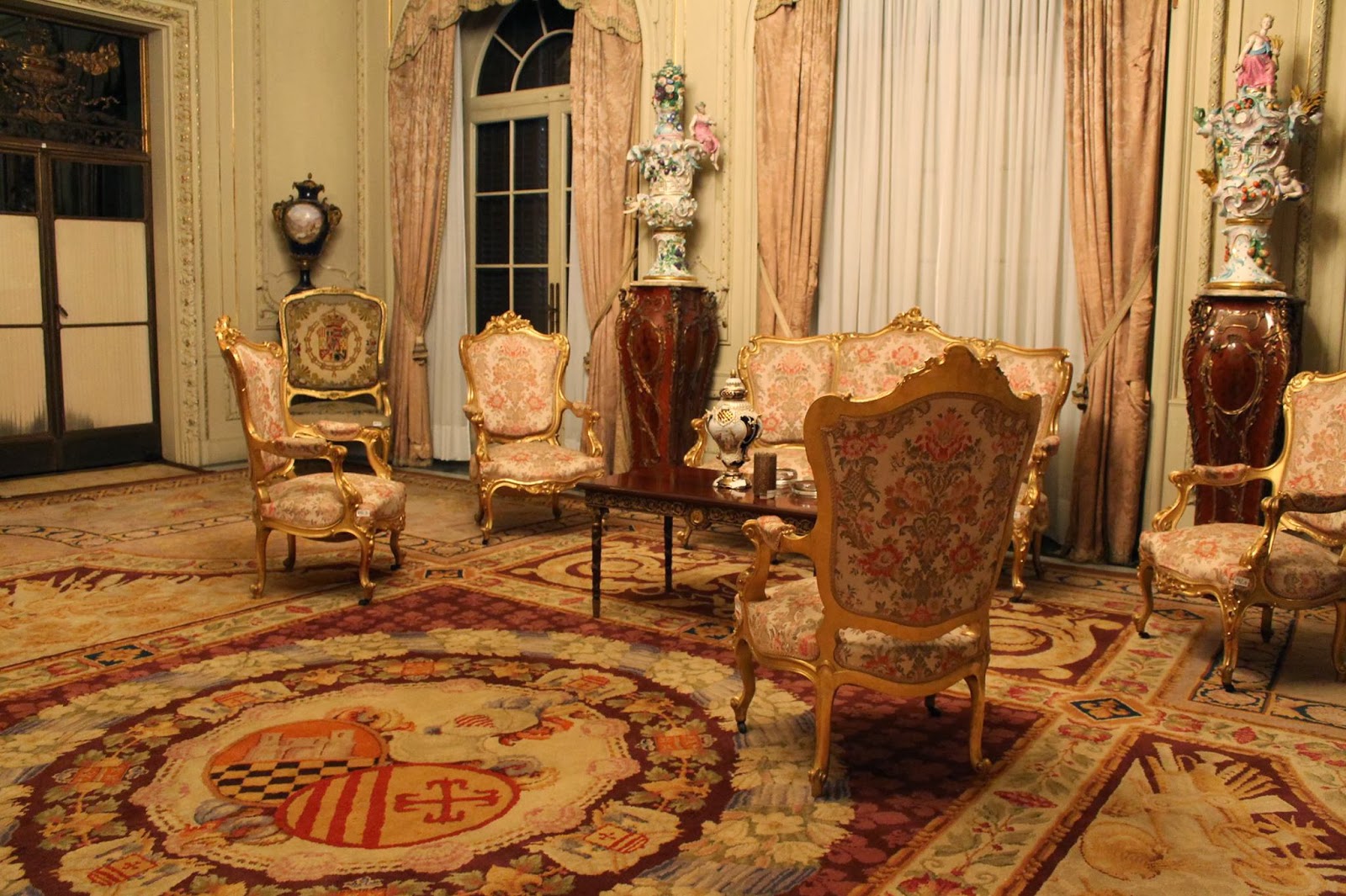
The municipal draft plans to set up in the house of the mother of Muñoz Ramonet a specialized site for foreigners and locals interested in other cultures, with a collection of 40,000 documents in various formats (books, audiovisuals ..), which will join 180 newspaper titles and reviews. The presence of digital media will increase in the future. It is predicted that the facility will serve 40,000 people. As for themes, special attention will be given to fiction (narrative, the novel, comedies, poetry and theater), but also works on language learning and information on cultural and social history. The final composition, however, will be specified when the analysis is complete about the people who will be utilizing the services of the library and the criteria of how they will use it differently than others in the district. In Sarría-San Gervasi there are four other libraries: Clara, Collserola-Josep Miracle, San Gervasi-Joan Maragall and Sarria. As for languages, German, English, Spanish, Catalan, French, Italian and Portuguese will predominate.
Entering the facility will bring you to the tower, which can be accessed from Avenir street. The building is rectangular and consists of the basement, ground floor and two floors. To complete the library they will have to bury a part of the building, which will provide natural light, in addition to maintaining the tunnel that connects to the palace, for future expansion. The library will have a general area from which you can access the back and it will also have a small 90 m2 multipurpose space for various activities. Also, 350 m2 will be allocated to activities for children and families, all following general guidelines of comfort, accessibility, sustainability and flexibility of the area. The library will be staffed by a team of seven to nine people. In the project report it says that ” this will be a space for interaction, a meeting point, an exhibition space, a place where things happen.” Attached to this document is an opinion on patrimony, which emphasizes the importance of maintaining the architectural elements such as the facade, the unique antiques that remain on the property such as the lamps, ceilings, roofs and part of the furniture.
Barcelona will begin to use the legacy it inherited from Muñoz Ramonet and give a new meaning to a building that will cease to be the home of a family and will instead become a home for books.
Source: Santiago Tarín and Silvia Angulo, La Vanguardia
Photo Credit: lavanguardia.com
Photo Credit: mtvo-bcn.blogspot.com
Featured Photo Credit: mtvo-bcn.blogspot.com

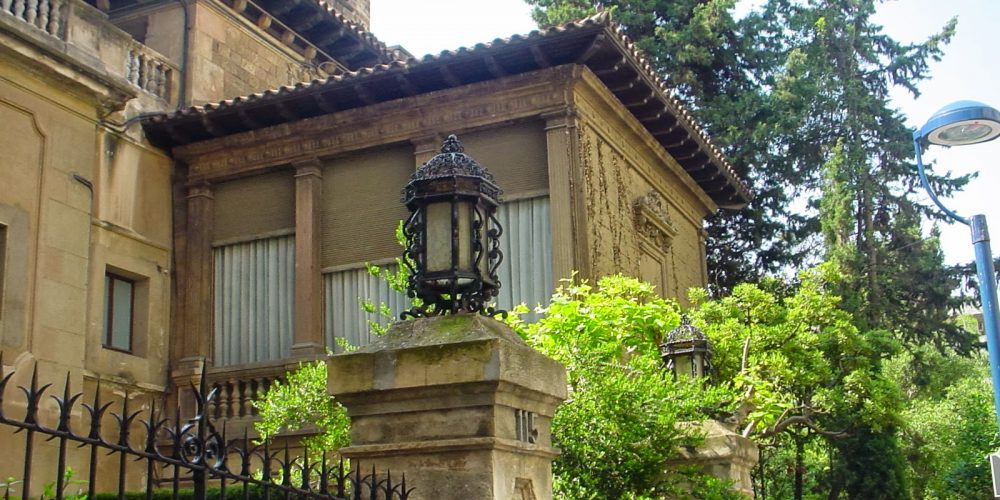


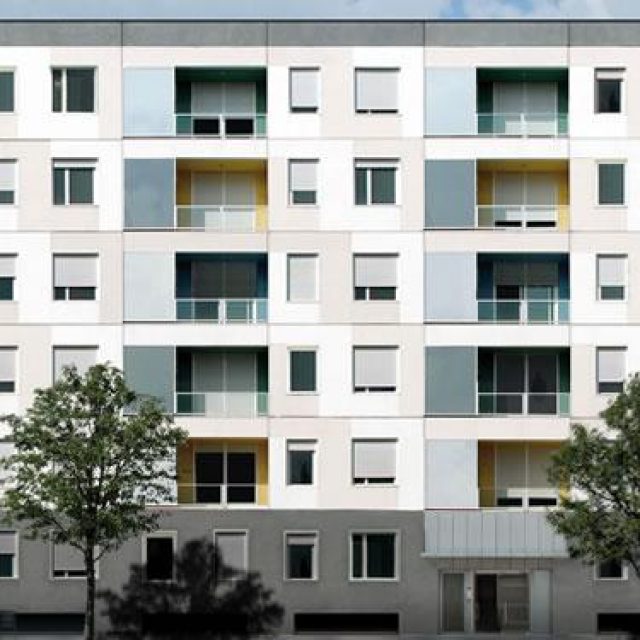

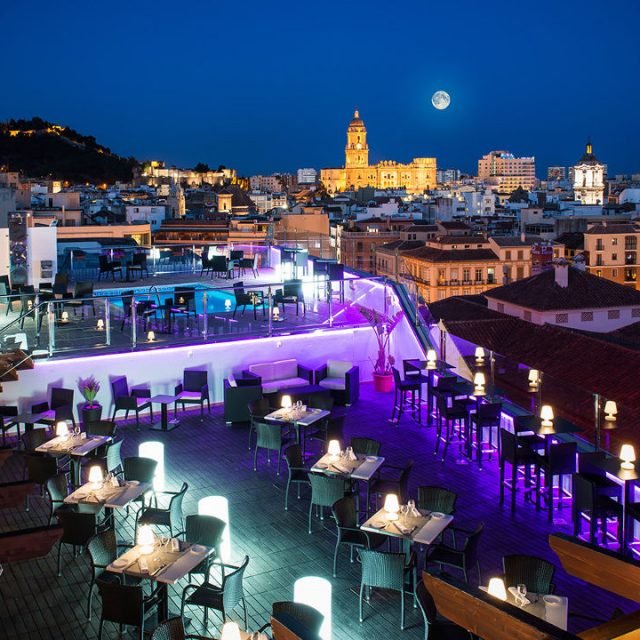


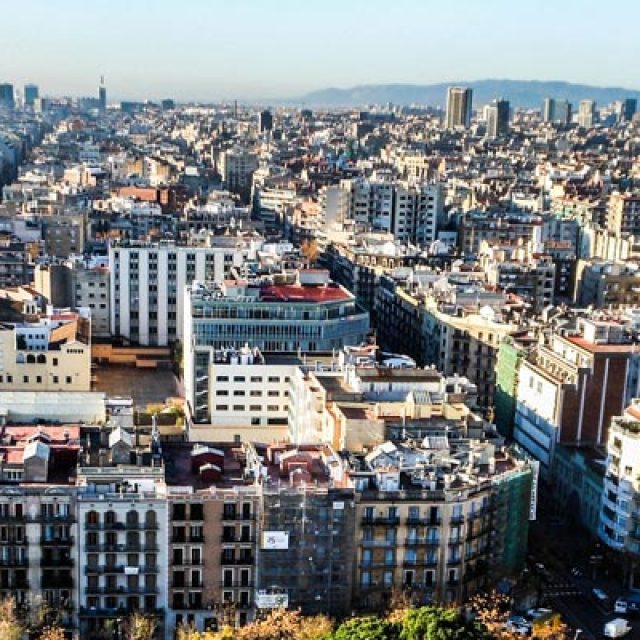







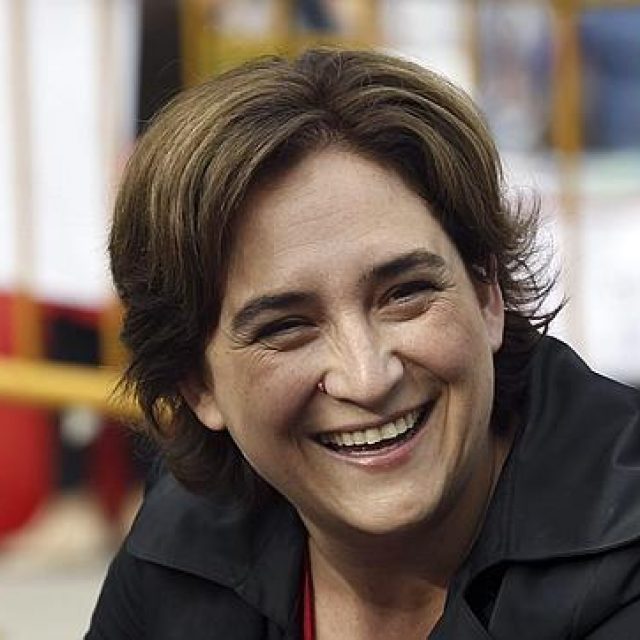






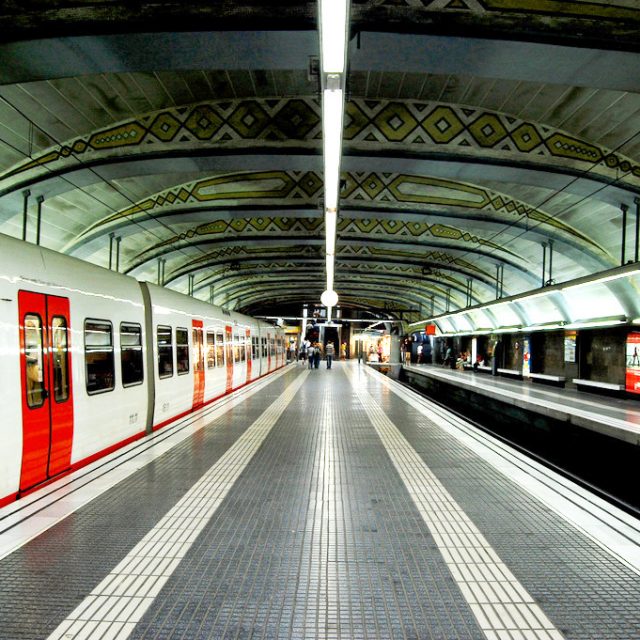


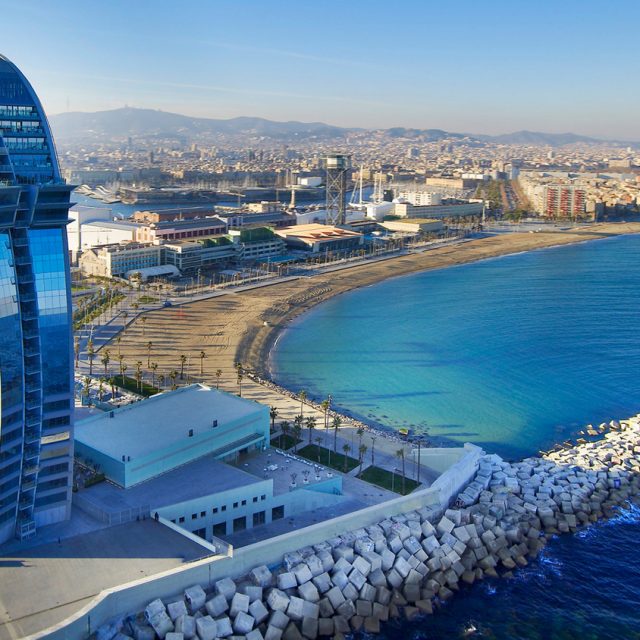













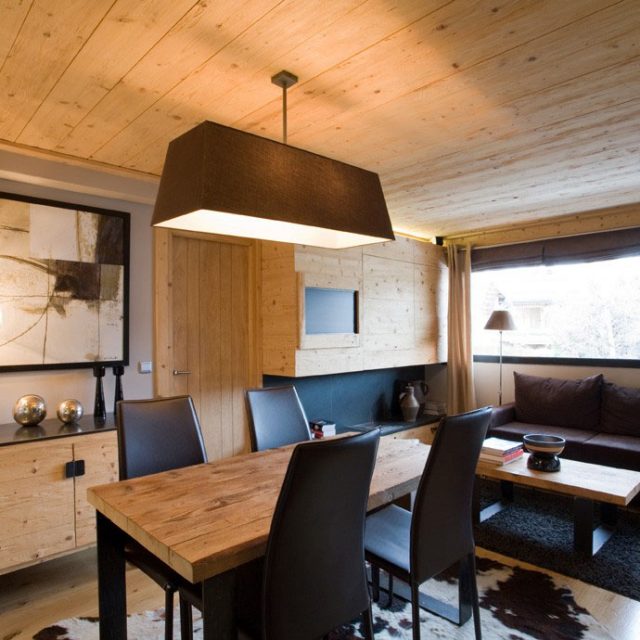

















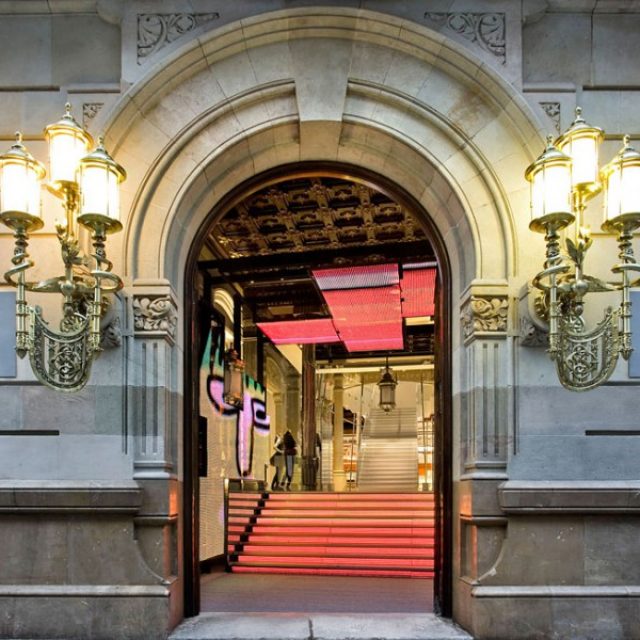



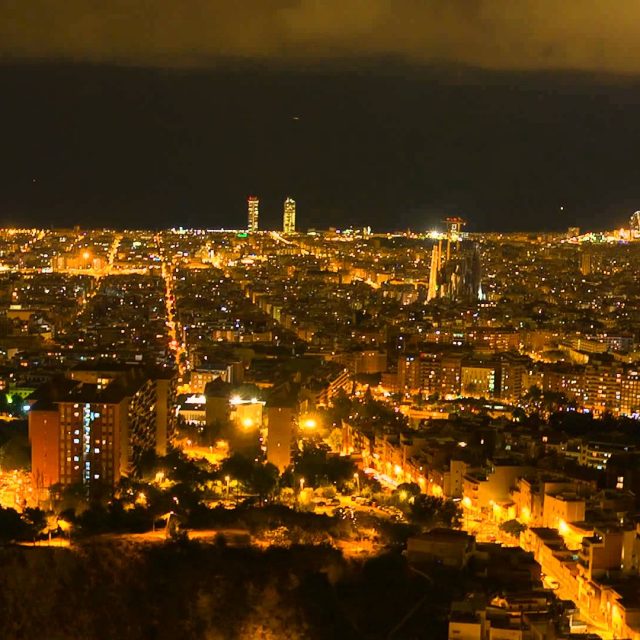



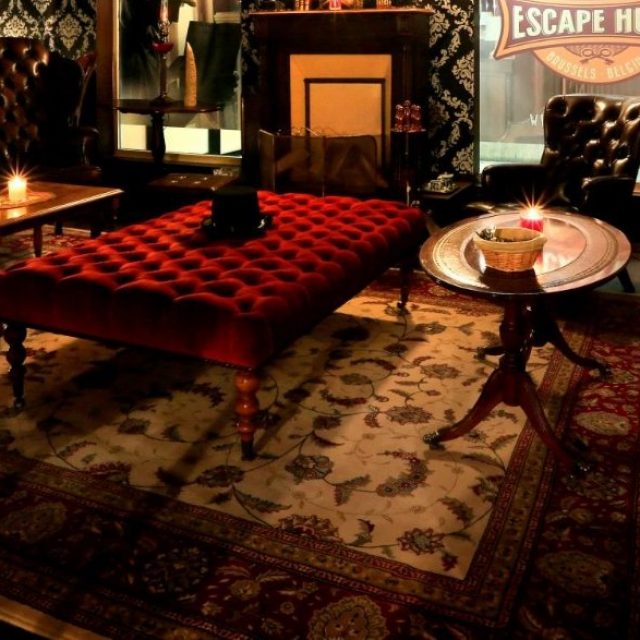









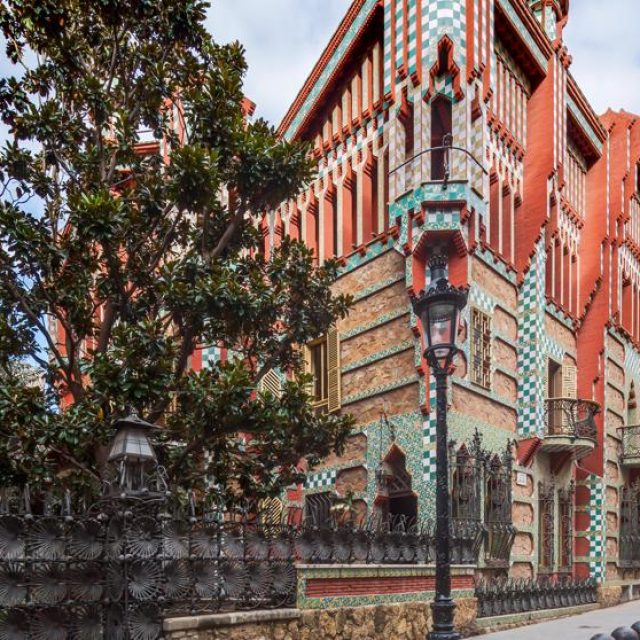







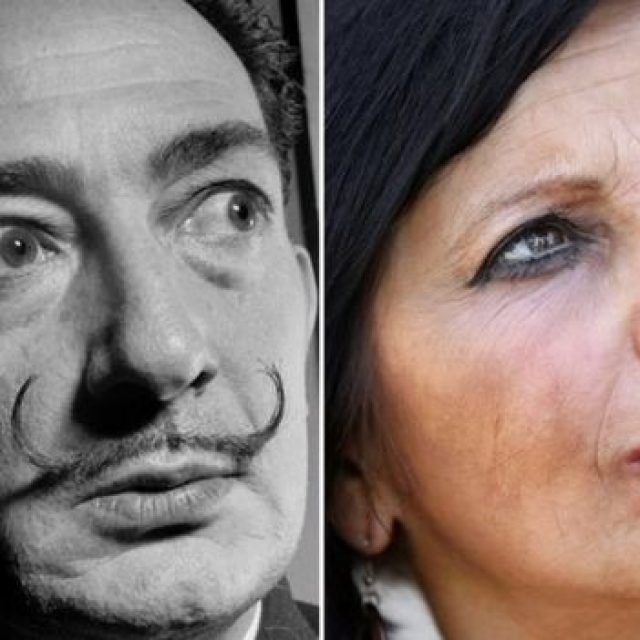








What good news !
It truly is !